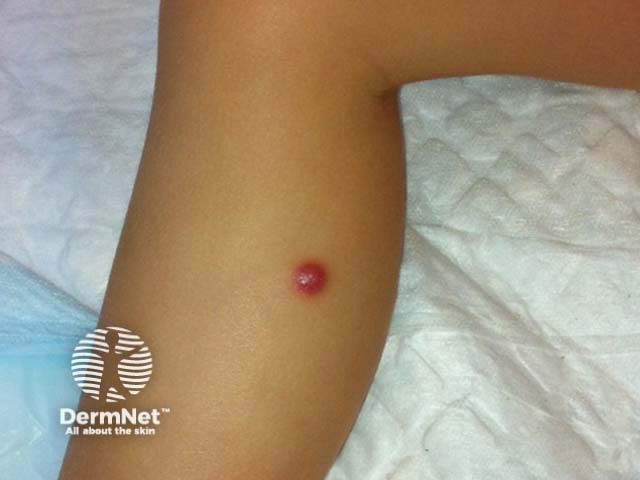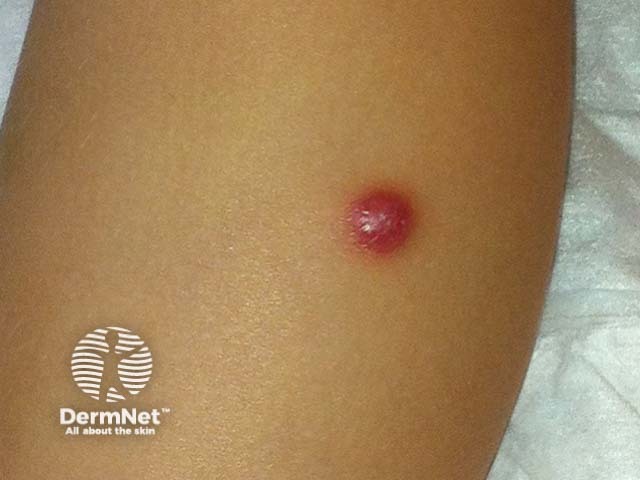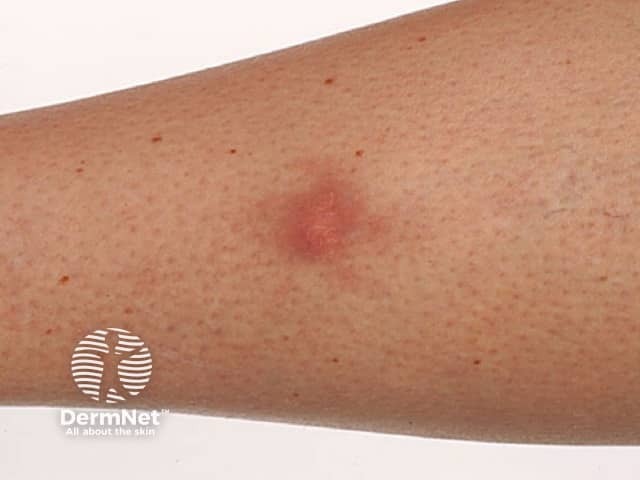Main menu
Common skin conditions

NEWS
Join DermNet PRO
Read more
Quick links
Author: Dr Amy Stanway, Dermatology Registrar, United Kingdom, 2005. Revised by Dr David Lim, Dermatology Registrar, New Zealand, August 2011; minor update June 2023.
Introduction Class IIa non-Langerhans cell histiocytosis Class IIb non-Langerhans cell histiocytosis
The term ‘non-Langerhans cell histiocytosis’ refers to a group of conditions called histiocytoses that are caused by an overgrowth of cells called histiocytes. Non-Langerhans cell histiocytosis has this name to differentiate it from Langerhans cell histiocytosis. Non-Langerhans cell histiocytosis may also be called ‘class II histiocytosis’, ‘non-X histiocytosis’, and ‘histiocytosis of mononuclear phagocytes other than Langerhans cells’.
There are two subgroups of non-Langerhans cell histiocytosis:
The subgroups can be separated by their different appearance and special staining of tissue examined under a microscope.
Like other forms of histiocytosis, non-Langerhans cell histiocytosis tends to cause reddish-brown or reddish-yellow bumps in the skin and may affect internal organs (such as liver, kidneys, lungs).
Class IIa histiocytosis involves dermal dendritic cells. The cells are called ‘dendritic’ because they have dendrites or long branch-like processes. Class IIa histiocytosis may affect children and adults.
Class IIb non-Langerhans cell histiocytosis involves cells other than Langerhans cells and dermal dendrocytes. This class includes hereditary and acquired diseases.
Hereditary diseases
Acquired diseases

Rosai Dorfman disease

Rosai Dorfman disease

Necrobiotic xanthogranuloma